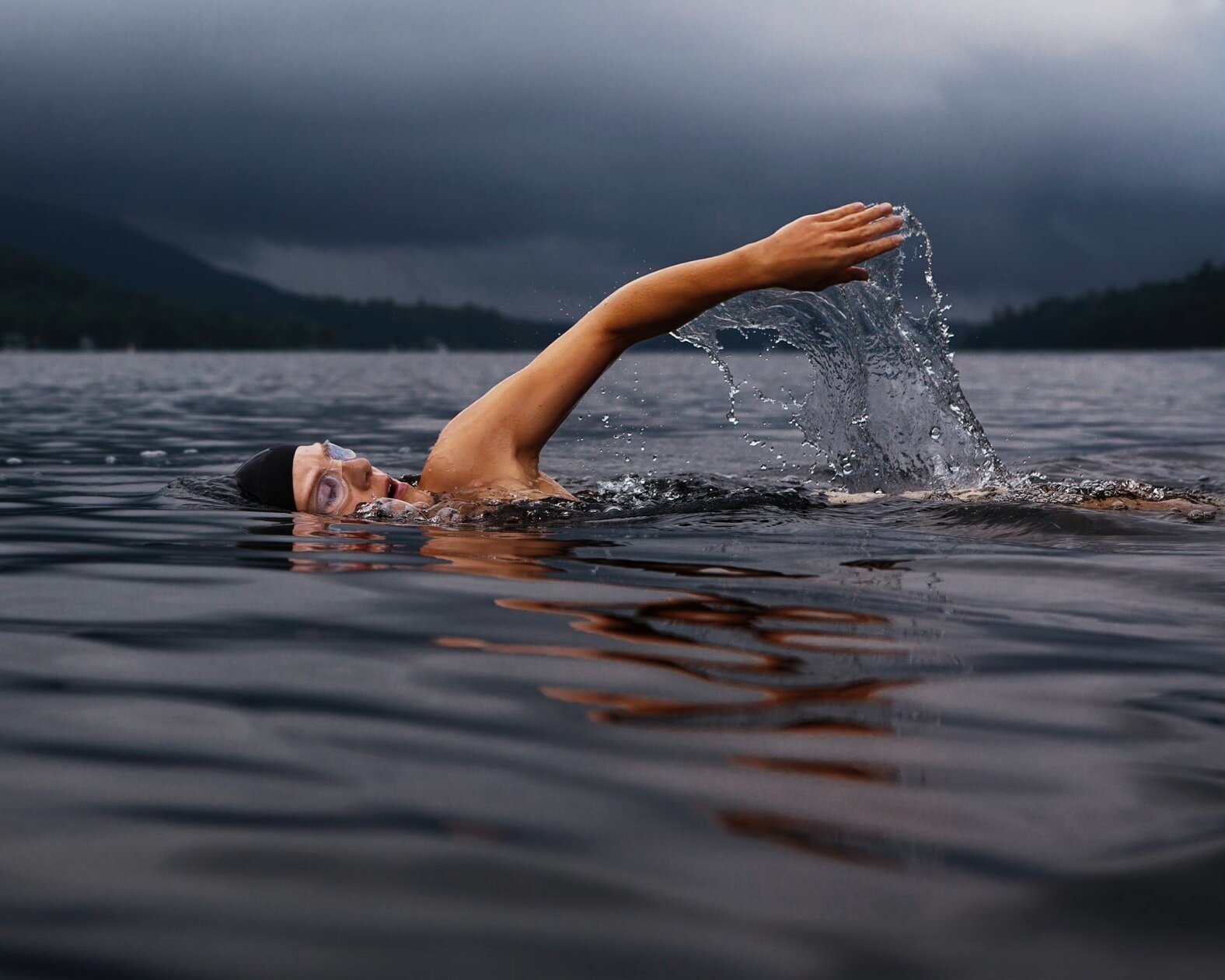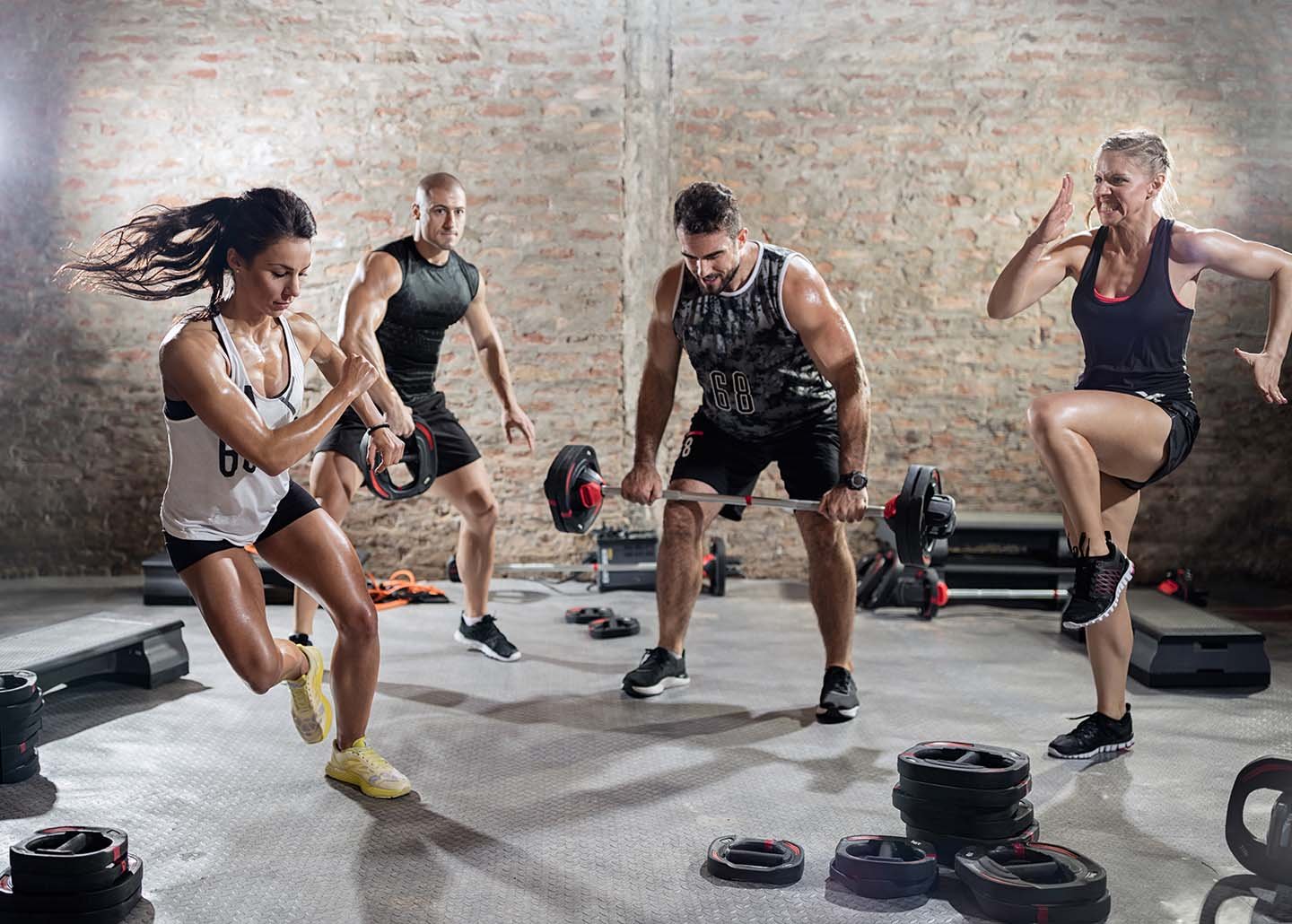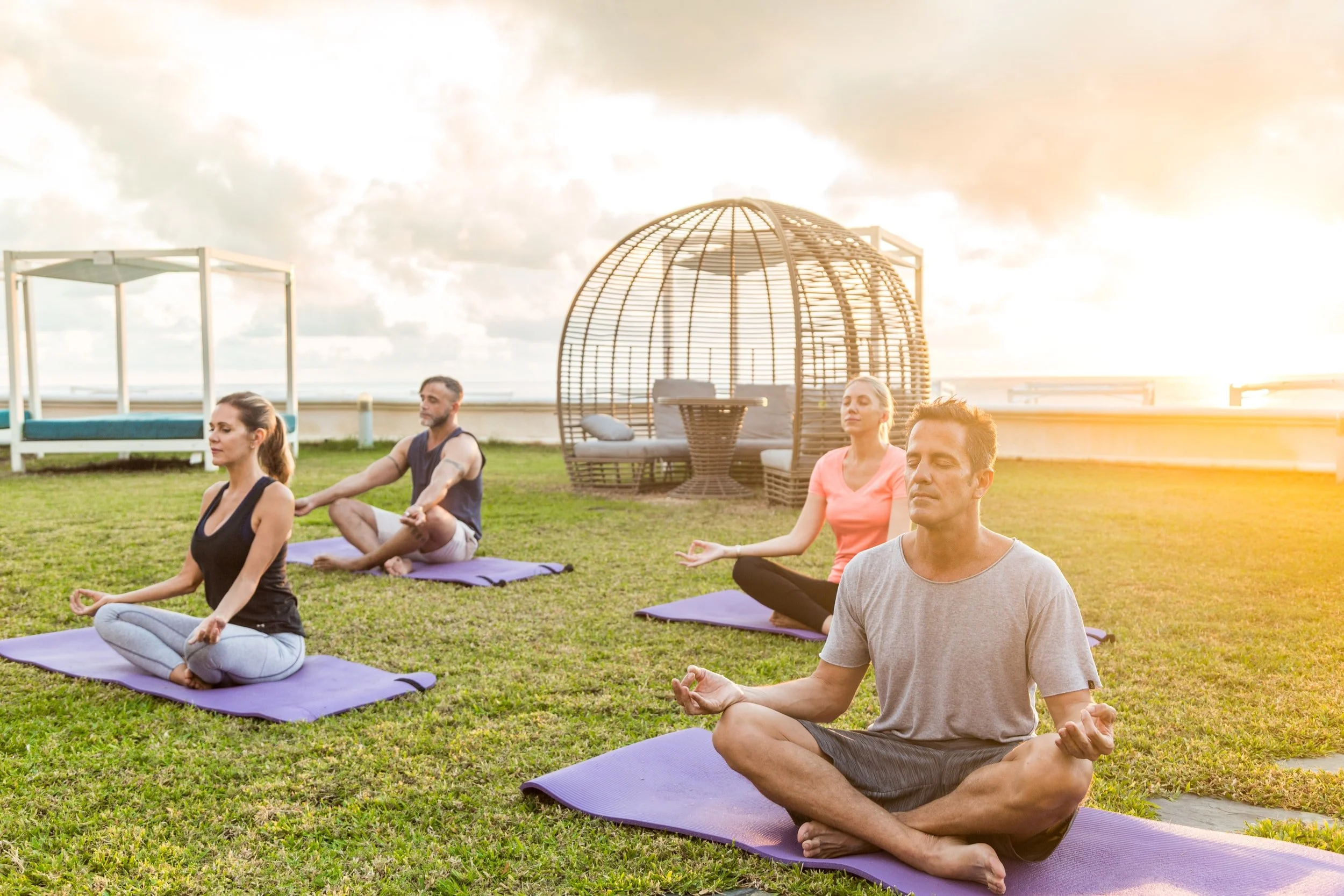7 sports if you're not a jogger
7 sports activities for those who don't like running
Doctors and athletes claim that running is a universal aerobic exercise. But what if you don't like running or don't want to run? There are equally effective alternatives to running.
Walking
Unlike running, brisk walking does not place the same high stress on the heart. Breathing is easier, your legs get tired less, and the walk itself is more like fun than playing sports. The benefits of walking include: strengthening muscles and the cardiovascular system, oxygenating the body, losing weight, and training willpower. Experts advise taking a brisk walk for at least 30 minutes a day. Walking can be combined with shopping or meeting friends. If you previously led a sedentary lifestyle, like moving from home to car and to the office and back, then it is better to increase the load gradually. Try to park further away from home or take a walk in the area in the evening - that will be enough.
2. Biking
Cycling has many benefits, including replacing public transportation. Unlike a car, on a bicycle you can turn around and change the direction of movement at almost any moment. In addition, city rental allows you to do this without buying your own two-wheeled transport. Cycling can help you lose weight, build muscle in your legs and back, and improve your mood and navigation skills. Bicycling, like most aerobic activities, helps improve sleep. Researchers at the University of Georgia studied men and women between the ages of 20 and 85 for 35 years and found that a 2% decrease in physical activity for men and a 4% for women led to sleep problems.
3. Dancing
Professional dancer and certified personal trainer Leon Turetsky says all dance is great cardio workout. A person uses much less muscle during normal activities during the day without additional exercise. Movements in unfamiliar planes, bends, and rotations help improve balance and coordination, and maintain healthy back, legs and arms. Studies have shown that dancing has a positive effect on brain function by increasing its neuroplasticity. Group lessons require concentration and the ability to memorize new combinations of movements, they also require you to hear music and rhythm. Ecstatic dancing - the ability to move to the music the way you want- does not require memorization and can allow you to relax, increase self-confidence and learn to recognize the desires of your body.
4. Trampoline jumping
Most sports hobbies come to us from childhood. Therefore, if you do not want to run, choose what you liked before you grew up. Jumping on a trampoline, the role of which was played by a bed for many, is very effective cardio. Regular exercise can help you improve your posture, strengthen your legs, and lose weight. “A trampoline is a low-intensity workout that tones muscles and improves coordination,” says Chris Cabrere, Regional Head Coach for Bounce, the largest trampoline park in Dubai. He also claims that this sport helps reduce the risk of fractures and osteoporosis by training the skeleton, because the soft trampoline absorbs some of the impact.
5. Swimming
The water makes the movements smooth, reducing some of the load, so even an hour of aerobics in the pool is not as exhausting as training in the gym. Swimming helps to work on the cardiovascular system. In 60 minutes, water burns almost as many calories as a run, but it also avoids the injury that long-distance runners often experience. Several studies have confirmed that swimming lowers blood pressure and maintains optimal blood sugar levels. Pool sessions are prescribed for injury recovery. A humid environment is optimal for asthma sufferers, and breathing exercises, including air holding, help individuals increase lung capacity and learn to control their breathing. It's also a great way to deal with stress: Researchers believe swimming is a powerful tool for relieving anxiety and can quickly boost your mood.
6. Skating
Try roller skating, hockey, or curly skating, depending on the season. Ice skating can increase your heart rate to 140-160 beats per minute, strengthen your heart muscle and improve blood circulation. Aerobic exercise is equivalent to jogging and trains physical endurance. In winter, it is also a hardening of the body. For rollerblading, the ability to balance is useful in order to smoothly enter the turns. Accordingly, coordination will also improve. According to Dr. Karl Foster, assistant professor at the University of Wisconsin School of Medicine, ice skating as a form of exercise is as beneficial as running or cycling.
7. Stair Climbing
If you don't have sports equipment, if you don't want to rent it, if you don't want to go outside at all, then you can walk up the stairs in your house. Climbing and descending stairs is a form of exercise that promotes weight loss. On the way to higher floors, a person works against gravity, which strengthens the muscles of the legs. Consistent movement with effort works like a cardio workout, speeding up the heartbeat and blood flow. Both ascending and descending help strengthen various muscle groups and joints. Doctors have proven that this activity is a good way to improve the immune system and reduce the risk of disease. Walking up and down stairs uses almost twice as much energy as walking.
















